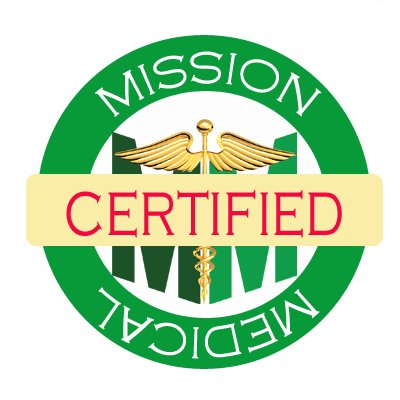

MISSION MEDICAL SUPPLY
DURABLE MEDICAL EQUIPMENT COMPANY


5 Things to Consider when Choosing a Power Mobility
A Power Mobility is an investment that should be made wisely. Take some time to research the various options and really make sure you’re getting the power mobility that makes the most sense for your lifestyle, size, and use.
1. Are you physically capable of operating a Power Mobility?
If you can sit upright for long periods of time and have the dexterity and strength in both hands to safely steer and operate the controls, you are most likely a good candidate for a powered mobility scooter. If you need special seating options such as positioning pads or you have a disability that requires your legs to be elevated and/or you have limited dexterity or no hand strength you may want to take a look at Power Wheelchairs. Power chairs are controlled with a joystick mounted on the armrest so they can be maneuvered with one hand. More advanced steering options are available for those who can’t use their hands. Power chairs also offer more seating options and leg rest options (leg rests are not available on mobility scooters).
2. How much weight must the scooter carry?
Once you know that a mobility scooter is the right option, the carrying capacity is your next consideration. This will eliminate some choices right off the bat. The rider’s weight isn’t the only thing. There’s also the weight of items you will be carrying on your scooter – everything from oxygen tanks to laundry baskets and shopping bags. If you are close to the weight capacity, consider choosing a scooter in the next capacity range, especially since many people gain weight once they stop walking and start riding. Don’t try to fudge the weight or you will void the manufacturer’s warranty plus your weight will likely affect the overall performance of the power scooter, especially on the uphills. Think also about your other physical attributes, like, if you’re petite, you may not feel comfortable on a very large scooter and if you are tall, you will want a scooter with plenty of leg room.
3. Where will you be riding the scooter?
If you get around the house okay with a cane or walker, but you want to be able to run errands and do some shopping, take a look at the compact travel scooters. Scooters designated as “travel scooters” have lots of great features but they have one thing in common they “come apart” easily for transport. The 3 wheel travel scooters are typically the lightest, most compact and most maneuverable, and they have good stability on even surfaces. Because of their tight turning radius they are perfect for getting around in crowds or negotiating store aisles and turns. The 4 wheel travel scooters are generally heavier and less compact, but more comfortable and stable on uneven terrain. Be sure to weigh the easy of portability and assembly against your desired level of comfort, stability and battery range when choosing your travel mobility scooter.
If you need your mobility scooter to get around the house, the biggest challenge is having enough room to make turns and get down narrow hallways or into bathrooms. Three wheel mobility scooters are sometimes the only way to go if you live in a small space. Otherwise, a power wheelchair has the smallest turning radius and may be your best option inside the home if you are unable to use another mobility device such as a cane, walker/rollator or manual wheelchair.
Road warriors that want to tool around the neighborhood, romp through the park or go on a long distance adventures will definately need the stability, comfort and battery range of a 4 wheel scooter or even a 4 wheel heavy duty scooter. Heavy duty scooters have higher weight capacities and larger drive motors. Depending on where you live, you might need an All-Terrain Scooter. Also, if you are going to be driving in tall grass, make sure your scooter has a high ground clearance.
4. How will you store and transport your scooter?
If you will carry your mobility scooter in your vehicle, you need to consider how much space you’ll need and the strength required to assemble and dis-assemble it. Large-sized scooters usually cannot be disassembled and require a vehicle lift to transport. Some of our customers have multiple scooters and other mobility devices to get them around. This is ideal if you can afford it.
5. Will health insurance pay for my power scooter?
Proving medical necessity is the biggest hurdle in getting your medical insurance to pay a portion of your mobility scooter or power wheelchair cost. Medicare’s requirements, typically copied by other insurance companies, are as follows:
-
You must have a medical need for the equipment.
-
It must be needed for use in the home and useful (fit) within the physical layout of your home. The scooter or power wheelchair cannot be used mainly for leisure or recreation.
-
It cannot be only to get around outside your home.
-
You must be unable to use a cane, walker or operate a manual wheelchair.
-
Your doctor must be able to explain to the insurance company why, medically, you need the device, and that you can operate it safely.
-
CONTACT US IF YOU NEED HELP CHOOSING ONE.















